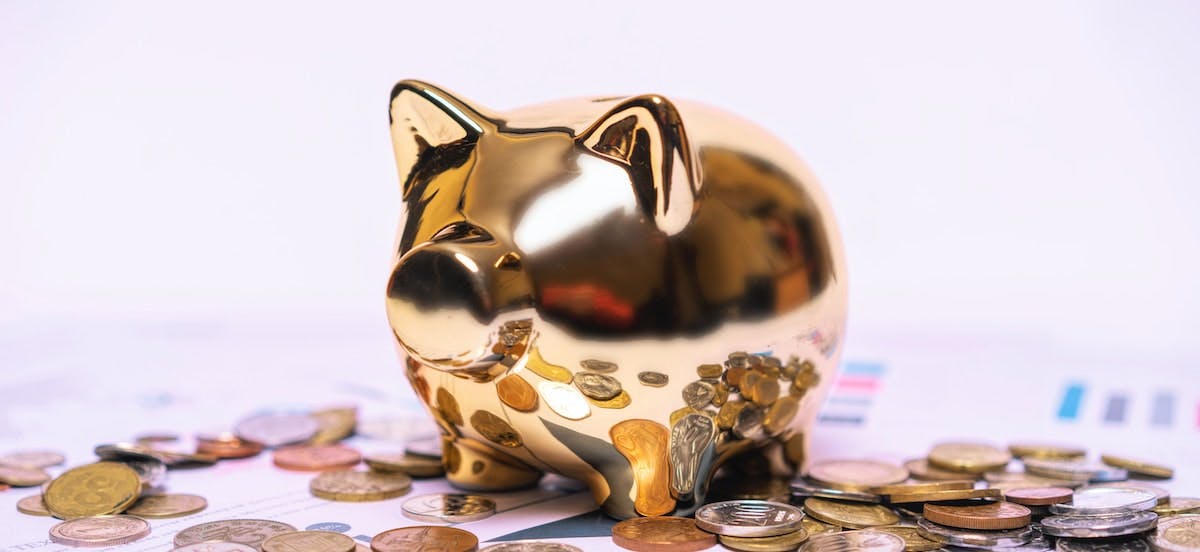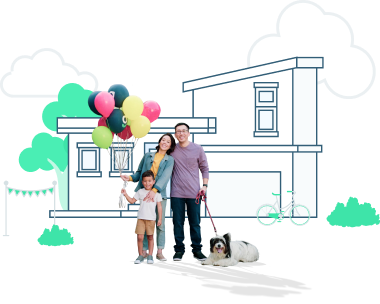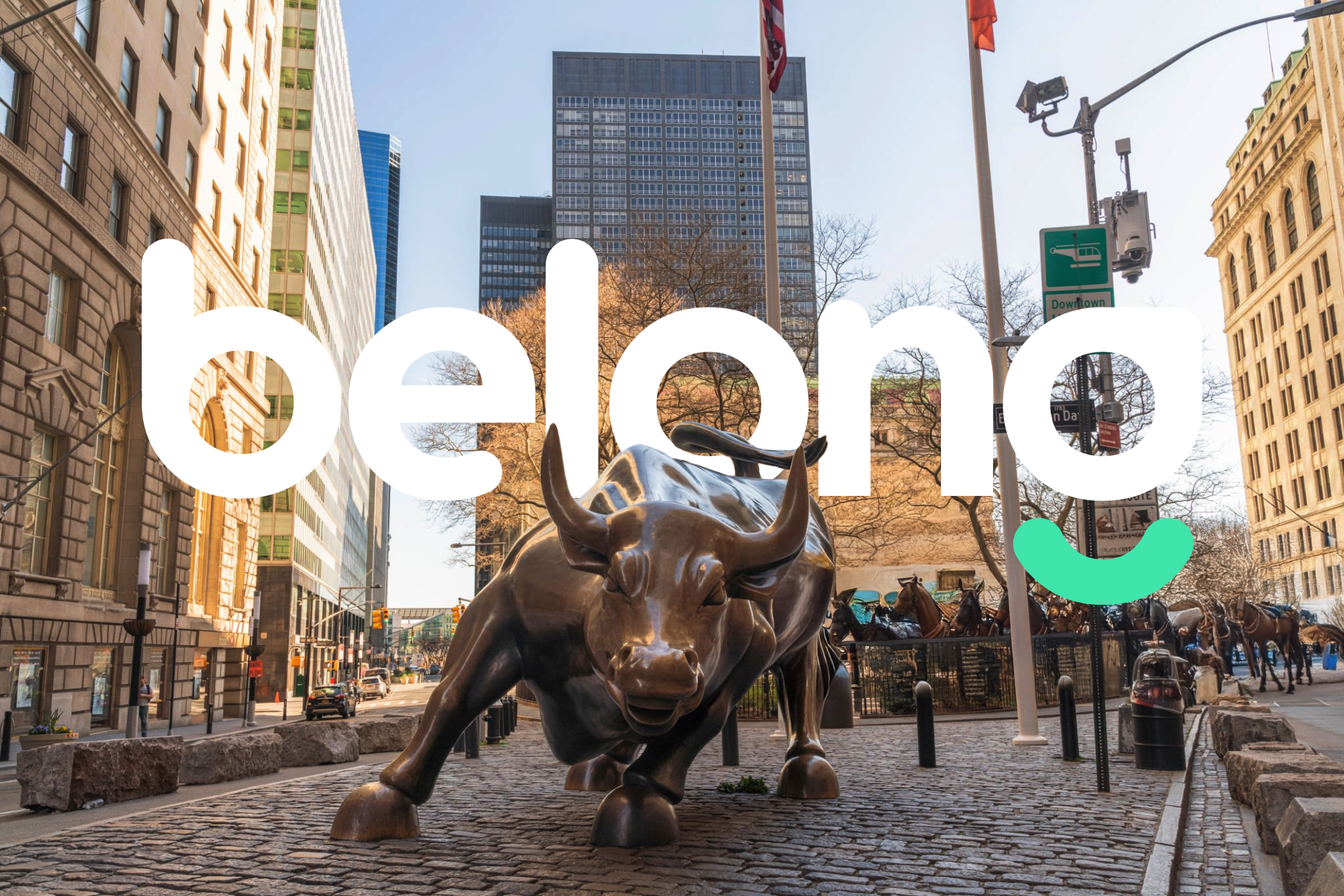Real Estate Investing
How To Do An Accurate Rental Property Cash Flow Analysis
Last Updated Nov 14, 2025


Table Of Contents
- Introduction: Why Cash Flow Analysis Matters
- What Is Rental Property Cash Flow?
- What Being “In the Red” Really Means. And Why It’s More Common Than You Think
- How to Calculate and Understand Rental Property Cash Flow
- Step 1: Determine Your Total Income
- Step 2: Subtract Operating Expenses
- Step 3: Calculate Net Operating Income (NOI)
- Step 4: Subtract Debt Service (Mortgage Payments)
- Step 5 (Optional): Set Aside a Capital Expenditure Reserve
- Step 6: Understand Which Expenses Are Deductible (and Which Are Not)
- Step 7: Evaluate the Deal
- How Can You Improve or Increase Rental Property Cash Flow?
- Why Choose Belong for Better Cash Flow?
- FAQ
(A deep‐dive guide designed to help landlords and investors perform honest, detailed analysis and elevate performance, with smarter insights from Belong.)
Introduction: Why Cash Flow Analysis Matters
You purchased a rental property expecting monthly checks, but real results often differ.Without a rigorous cash flow analysis, you can be blindsided by unexpected maintenance bills, vacancies, and rising financing costs, all of which wipe out your profits and can turn a promising investment into a money pit.
By the end of this guide you’ll have:
- A step-by-step process to calculate cash flow accurately.
- A clear understanding of which income/expense line items matter most.
- Tactics to optimize your cash flow, including how Belong’s model can help.
What Is Rental Property Cash Flow?
Rental property cash flow is the money left over after you take all the income the property generates, mainly rent and any extra fees, and subtract every cost associated with operating and financing it. Simply put:
Cash Flow = Property Income – All Costs (operating + mortgage + reserves)
If positive, the property is adding net cash to your pocket each month. Negative cash flow means the property costs you money each month instead of making it.
Positive vs Negative Cash Flow
- Positive cash flow: More money comes in than goes out, you can reinvest the surplus or build reserves.
- Negative cash flow: More money goes out than comes in, feasible only if you’re relying heavily on property value appreciation or tax benefits, and comfortable with the risk.
What Is “Good” Cash Flow?
There’s no one-size-fits-all answer. A portfolio investor might accept $50/month per door if there are 50 doors; a “buy-and-hold” single-family investor may seek $300 or more per month. For example, according to Landlord Studio, many consider $100-$200 per month per unit to be a “good” cash flow benchmark. But the right number depends on your:
- Market (rent levels, cost of living)
- Property size and class
- Financing structure (interest rate, down payment)
- Investment strategy (cash flow vs. growth)
What Being “In the Red” Really Means. And Why It’s More Common Than You Think
Many homeowners, especially in high-cost, high-appreciation markets, find themselves with negative cash flow in the early years. While it can feel uncomfortable, being “in the red” doesn’t automatically mean the investment is failing. In fact, it’s often a planned, strategic phase of a long-term wealth-building approach.
Here’s how to think about it:
1. The Goal Is to Cover Most, Not Always All, of Your Costs
Even if rent doesn’t fully cover every monthly expense, getting close (for example, covering 70–90% of carrying costs) dramatically reduces your out-of-pocket burden. This allows you to hold the property without selling it prematurely during a down market or at a suboptimal time.
2. Take a 3-5 Year Time Horizon
Rental properties tend to improve financially over a multi-year window. With each passing year:
- Rents generally rise, even in softer markets
- Mortgage payments often stay stable (for fixed loans)
- Your remaining loan balance shrinks: This natural spread between rising income and steady expenses moves many owners from slightly negative to breakeven, and eventually to cash-flow positive.
3. Tax Benefits Can Offset Part of the Shortfall
Depreciation, expense deductions, and write-offs can reduce taxable income significantly. While tax benefits shouldn’t be counted as cash flow, they soften the financial burden each year and help owners bridge the early negative-cash-flow gap.
4. You’re Still Building Equity the Entire Time
Even if the property is slightly negative month-to-month, you are:
- Paying down mortgage principal
- Benefiting from long-term home price appreciation
- Increasing your equity stake year after year
This creates real wealth that often dwarfs the short-term monthly deficit.
5. Selling Later Can Yield a Much Higher Return
Holding through those early negative years can be the difference between selling now with minimal gain and selling later with a dramatically higher ROI. Many Belong homeowners who start “in the red” end up realizing strong long-term returns because they held the property long enough for:
- Rents to catch up
- Equity to grow
- Appreciation to compound
In other words: short-term negative cash flow doesn’t mean the investment is bad, it often means the investment is still maturing.
How to Calculate and Understand Rental Property Cash Flow
Cash flow analysis isn’t just simple math, it’s the foundation of every smart real estate investment. Whether you’re buying, holding, or refinancing, knowing exactly what goes in and out of your property helps you forecast returns, manage risk, and make confident financial decisions.
Below is a complete, step-by-step framework that walks you through how to calculate cash flow accurately, interpret each result, and understand how taxes and deductions affect the bigger financial picture.
Step 1: Determine Your Total Income
Start by estimating what your property earns each month.
- Gross Rental Income: The rent you collect from tenants.
- Include Other Income: Include additional revenue sources such as pet rent, parking, laundry, or storage.
Then, subtract a vacancy allowance, even well-maintained rentals experience downtime. A conservative rule is to assume 5-10% vacancy annually, depending on property type and local demand.
Example:
- Monthly rent: $2,200
- Other income: $50
- Vacancy (7%): –$155
Effective Gross Income (EGI): $2,095/month
Step 2: Subtract Operating Expenses
Operating expenses are all the recurring costs of keeping your rental running, everything you must pay regardless of whether the property is vacant or occupied.
Common examples include:
- Property management fees
- Insurance premiums
- Property taxes
- Maintenance and repairs
- Utilities paid by the owner
- HOA or condo fees
- Professional services (legal, accounting, advertising)
Example continuation:
- Property value: $350,000
- Property taxes: $3,200/year
- Insurance: $1,000/year
- Property management (8% of rent): ~$2,000/year
- Maintenance & reserves (1% of value): $3,500/year
- HOA & other: $1,200/year
Total Operating Expenses: ≈ $10,000/year or $833/month
Step 3: Calculate Net Operating Income (NOI)
Formula:
- NOI = Effective Gross Income – Operating Expenses
From our example:
- EGI = $25,140/year
- Expenses = $10,000/year
- NOI = $15,140/year
Step 4: Subtract Debt Service (Mortgage Payments)
Debt service includes your annual mortgage principal + interest.
Before-Tax Cash Flow = NOI – Debt Service
Example:
- NOI: $15,140
- Debt service: $12,000
Annual Before-Tax Cash Flow = $3,140/year → $262/month
This is your true pre-tax profit, the actual cash left in your pocket each year after paying every bill.
Step 5 (Optional): Set Aside a Capital Expenditure Reserve
Even well-maintained homes will eventually need big-ticket items like a roof or HVAC replacement.
Setting aside 5–10% of your annual rent (or a flat $2,000–$3,000 per year) protects you from surprise expenses and keeps your cash flow stable long-term.
Result:
- True Free Cash Flow = Before-Tax Cash Flow – CapEx Reserve
Step 6: Understand Which Expenses Are Deductible (and Which Are Not)
Not every cost that affects your cash flow impacts your taxes the same way. Here’s how to tell the difference:
Deductible Operating Expenses (Immediate Write-Offs)
- Property management fees (including Belong’s services)
- Repairs and maintenance (routine fixes, not upgrades)
- Insurance premiums
- Property taxes
- Utilities paid by the landlord
- Advertising, legal, and accounting fees
Capital Improvements (Depreciated Over Time)
If you replace a roof, upgrade HVAC, or remodel a kitchen, that’s a capital expenditure (CapEx), it’s not deducted all at once but depreciated over several years.
Why It Matters
- Cash flow accounting focuses on actual cash in and out today.
- Tax accounting determines what portion of those expenses you can deduct this year versus spread across multiple years.
- Cash flow should always be calculated before income tax considerations; tax benefits are icing on the cake, not part of the core performance.
Belong simplifies this process by providing consolidated income/expense statements and tax-ready documentation, saving homeowners hours of accounting time and helping prevent costly filing errors.
Step 7: Evaluate the Deal
Once you have your final cash flow number, put it into context:
- Cash Flow Margin: How much monthly profit you earn per property.
- Cash-on-Cash Return: Measures how efficiently your invested cash is performing.
Cash-on-Cash Return = Annual Before-Tax Cash Flow ÷ Total Cash Invested
Example: $3,000 cash flow ÷ $30,000 investment = 10% return
TL;DR
When done properly, cash flow analysis shows far more than whether a property “makes money.” It tells you why it performs the way it does, highlighting whether you need to adjust rent, cut costs, or refinance.
At Belong, one of our Homeowner Advisors can walk you through a personalized rent estimate and cash flow analysis, explaining exactly how to optimize your income, reduce vacancy, and improve your property’s long-term performance, all tailored to your specific home.
How Can You Improve or Increase Rental Property Cash Flow?
You’ve done the basic math, now let’s increase the margin.
1. Price the Home Accurately
- Use market data to set rent at the top of the realistic range. Underrenting lowers cash flow; overpricing increases vacancy risk.
- Belong uses dynamic pricing and market analytics driven by AI to optimize rent and minimize vacancy.
2. Reduce Vacancies and Turnover
- Every month the property sits vacant is lost income and recurring expenses (taxes, utilities, HOA) still accrue.
- Industry data suggest the cost of a vacancy can be equal to 1-2 months’ rent when you include turnover preparation, marketing, and lost rent.
At Belong, our average placement time is 21 days and includes a placement guarantee under 60 days or the placement fee is waived.
3. Screen & Retain Quality Tenants
- Reliable tenants pay rent on time, reduce damages and turnover.
- Belong’s tenant-screening combines AI and human verification.
- Consider offering small amenity upgrades (smart thermostat, washer/dryer), increases perceived value and may reduce turnover.
4. Control Operating Expenses
- Preventive maintenance equals less emergency cost. Belong’s data show proactive service can reduce emergency repair cost by ~32% compared to reactive maintenance.
- Benchmarks to use:
- - Save 1% of property value/year for maintenance.
- - Use 50% rule (gross rent x 50% as total cost estimate) only as a very conservative floor.
- Review insurance, renegotiate vendor contracts, and eliminate unused services.
5. Use Financing and Tax Strategies
- Lowering interest rates or prepaying parts of your loan can raise cash flow.
- Use tax deductions: depreciation, management fees, repairs, reduce taxable income and increase net benefit.
- Belong provides tax-ready statements, reducing errors and audit risk.
6. Consider Professional Property Management
Many owners DIY, but that burns time and can lead to hidden costs (tenant turnover, poor vendor terms, under-maintenance).
Belong offers flat monthly fee or percentage with no hidden charges (depending on the market), guaranteed rent, centralized dashboards, and most important, a personal concierge that is there to help you and make sure your home loved. The value is higher than just “rent collection” — it’s about increasing net cash flow.
Why Choose Belong for Better Cash Flow?
Here are the ways Belong’s model is an active part of boosting your cash flow rather than a passive cost:
- Guaranteed Rent & Eviction Protection: Belong covers rent even if tenants default or leave, stabilizing your cash flow so you can count on it.
- Data-Driven Marketing & Placement: High-quality photos, multi-channel listings, optimized rent pricing, typically 19–21 day placement.
- Transparent Fees: Flat monthly fee/licensed model with no hidden charges (like “vacancy fees”) plus full cost visibility.
- Proactive Maintenance Platform: AI triage system (Phin), pre-approved vendor network, remote status updates, and continuous inspection schedule, lowering long-term maintenance costs.
- Tax-Ready Reporting: All income/expense data compiled and delivered in a format suitable for your CPA or tax software.
In short: Instead of just “paying a property manager,” you’re substituting risk and cost for predictable income, scale-efficiency, and time savings, which improves your true net cash flow.
FAQ
How often should I perform a cash flow analysis?
At minimum annually, but better quarterly, especially if rents change or major expense (like a new roof) is coming.
Is cash flow calculated before or after mortgage payments?
After mortgage/debt service when you’re looking at actual cash in your pocket (before-tax cash flow). When just assessing the property pre-financing you look at NOI.
What’s the difference between cash flow, cap rate and ROI?
- Cap rate = NOI ÷ Purchase Price (unleveraged return).
- Cash flow = Actual dollars you receive each period.
- ROI / Cash-on-Cash = Cash Flow ÷ Cash Invested (leveraged return)
What percentage of rent should be set aside for maintenance?
Many rules: budget ~1% of property value/year or $1 per square foot/year, or use the 50% rule as conservative estimate. But tailor to your property’s age, condition and local market.
Does professional property management reduce cash flow?
It does cost a fee, but if it reduces vacancy, lowers turnover, optimizes rent, and mitigates surprises it often increases net cash flow. With Belong’s model, many of those cost-risks are converted into predictable outcomes.

About The Author
Melanie Kershaw
Mel Kershaw is a Content Lead at Belong. With an extensive background working with technology companies including Eventbrite and Yelp, she’s always looking for ways to create educational and informative articles that simplifies tech and solves problems for her audience.




